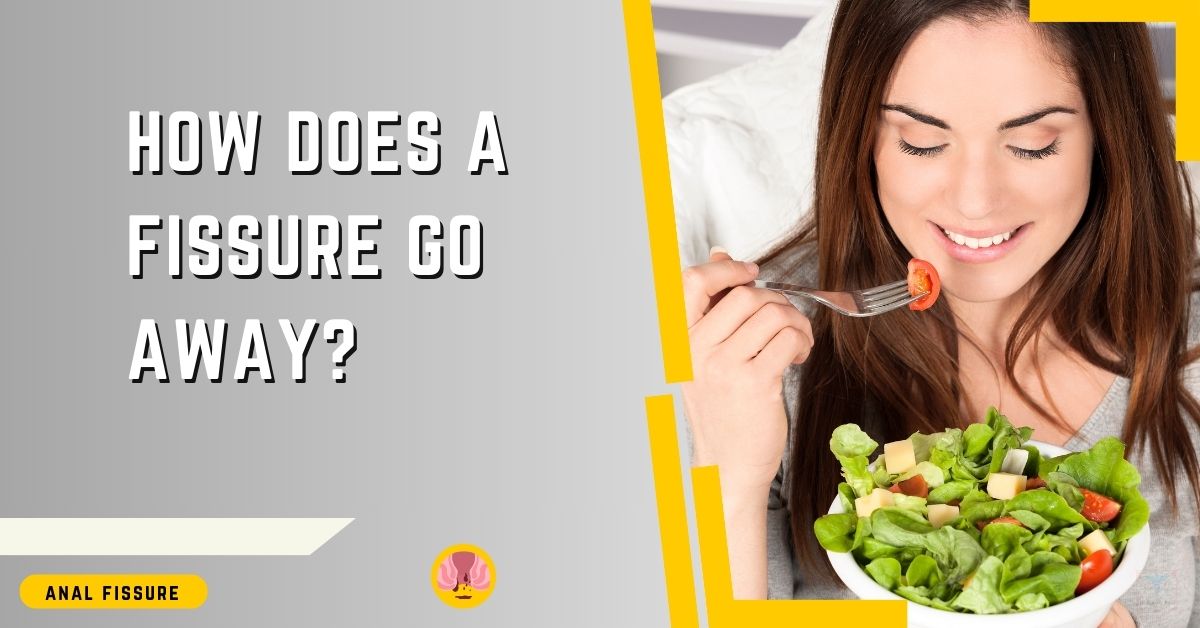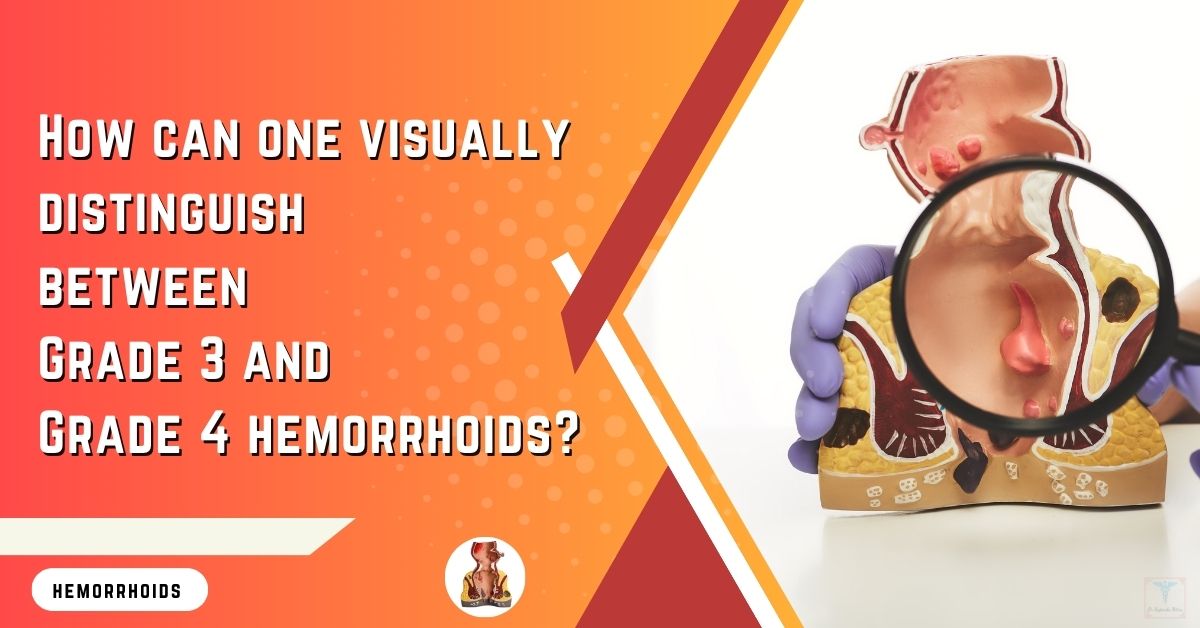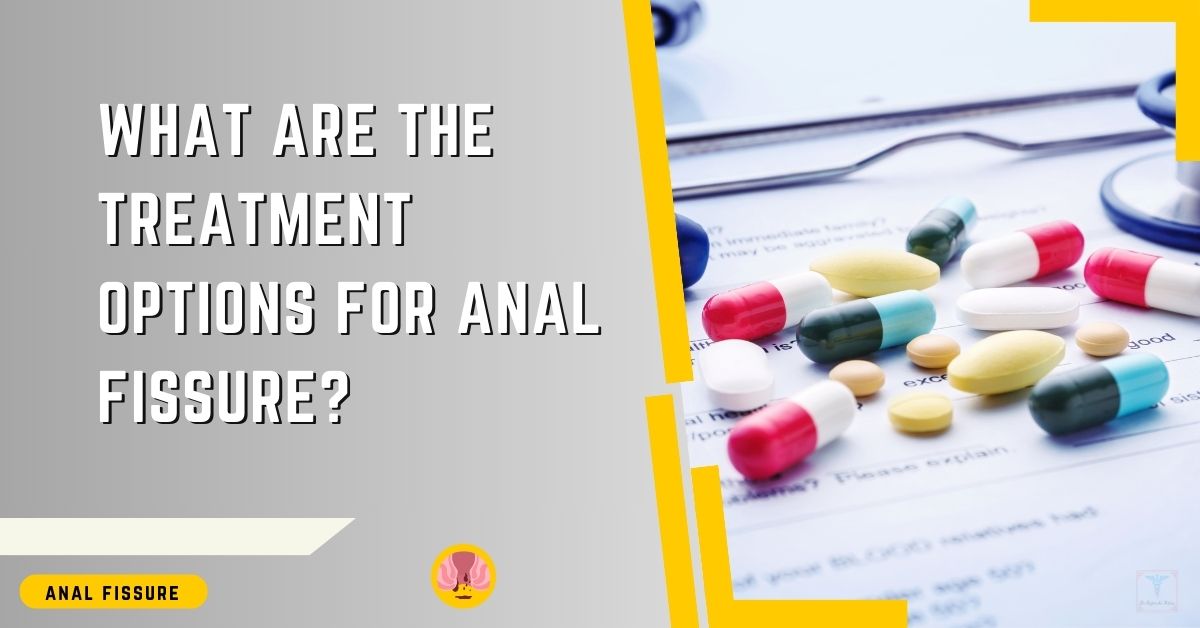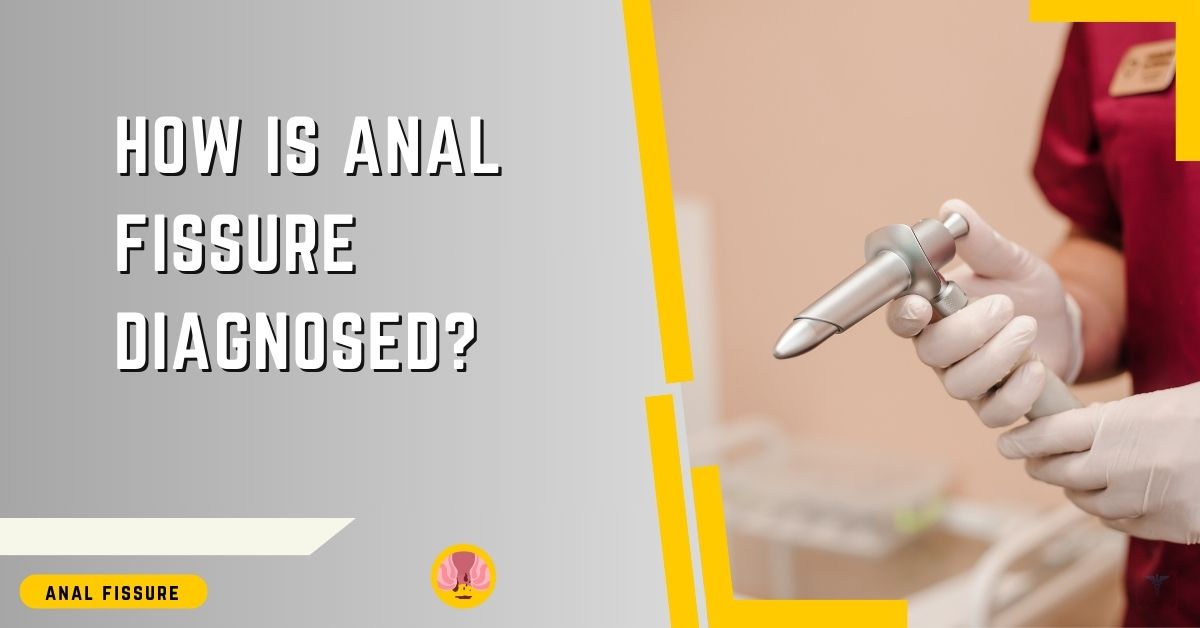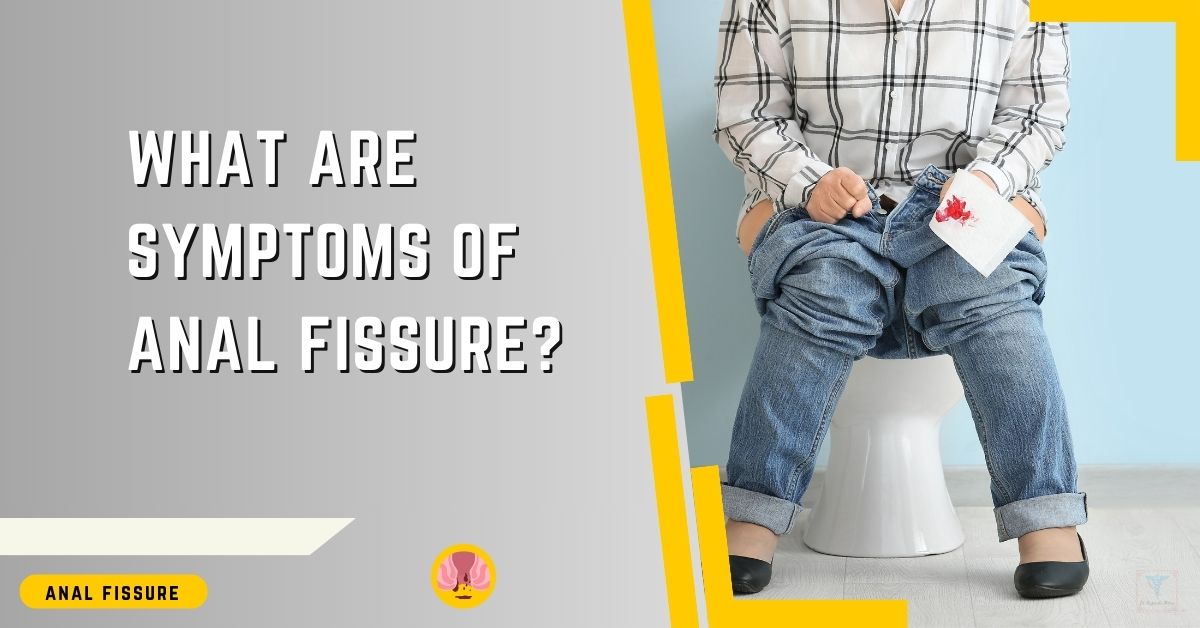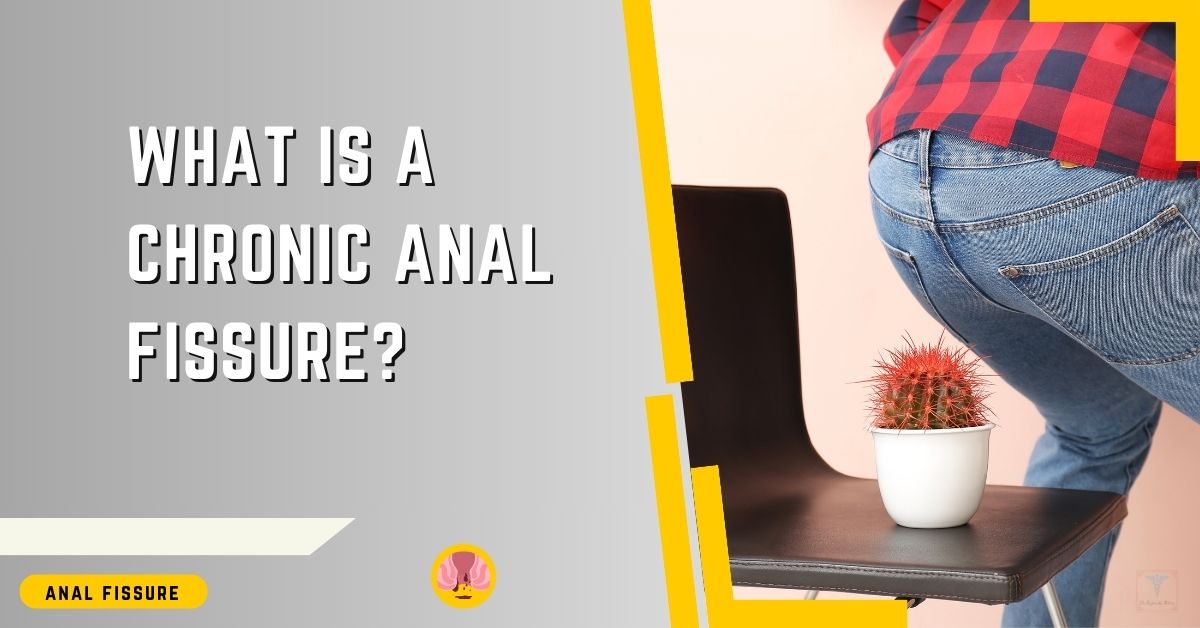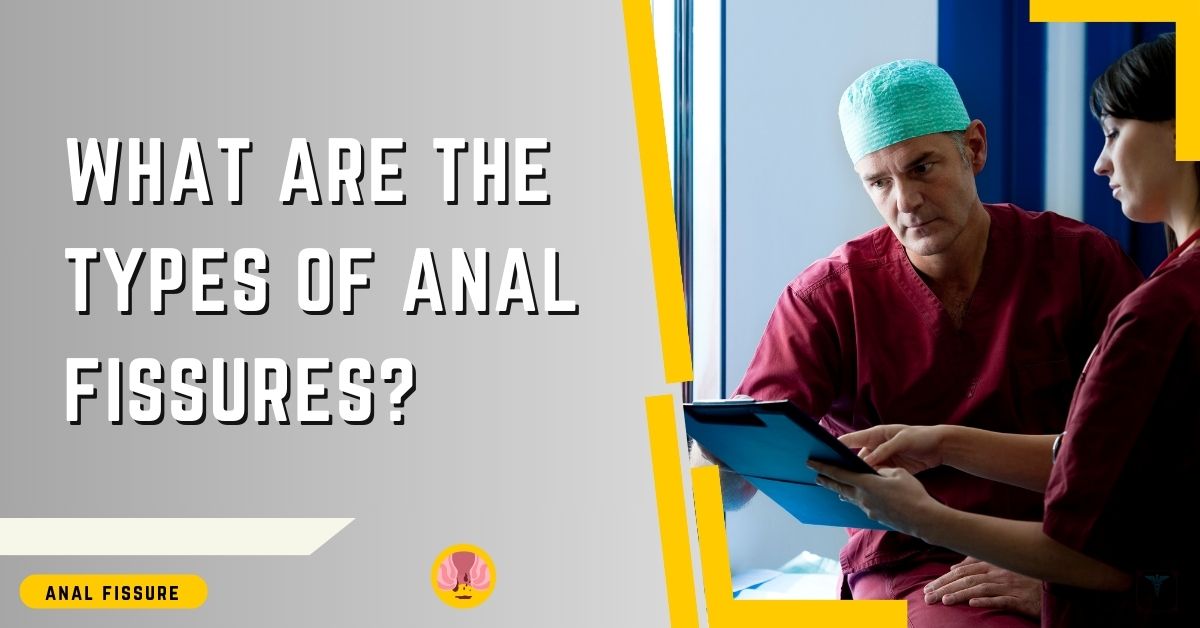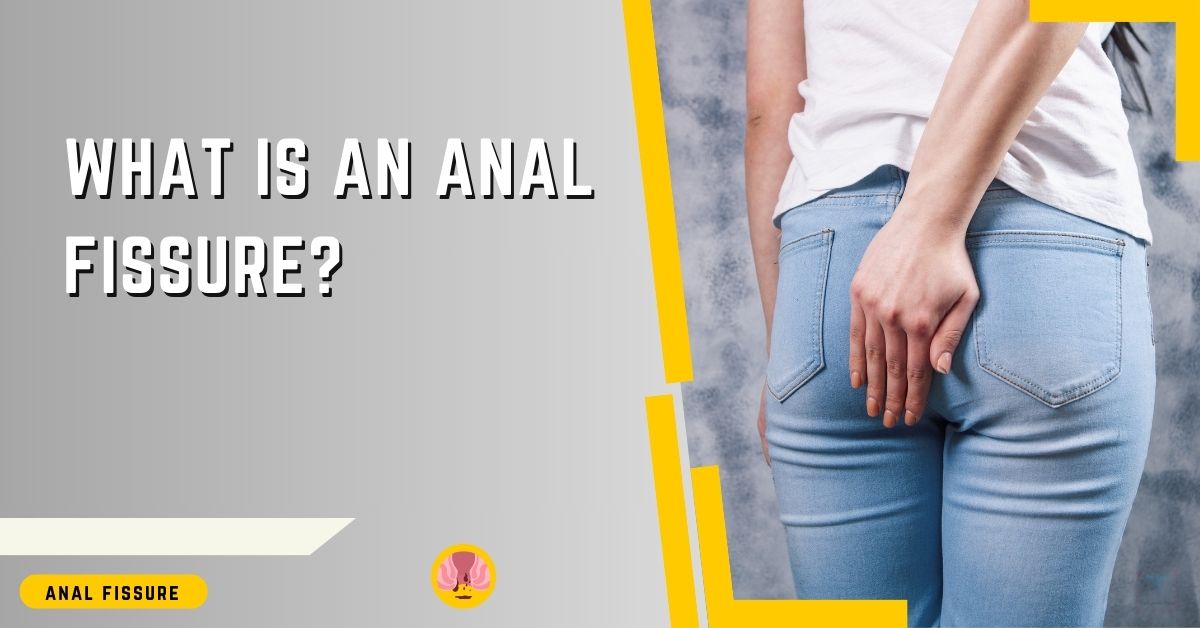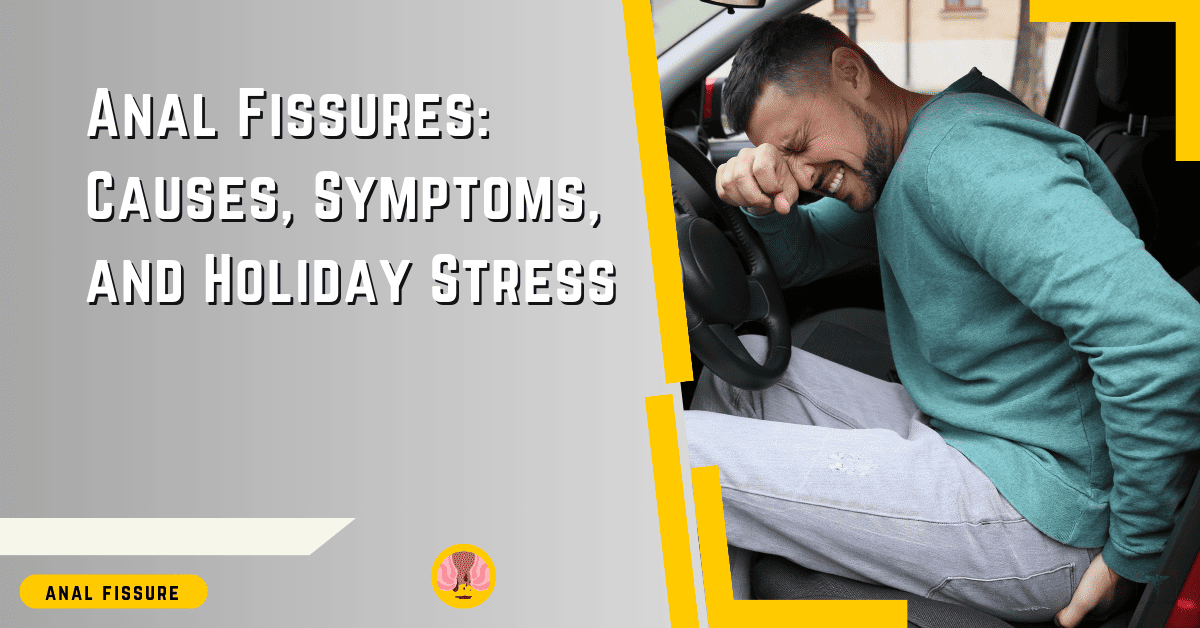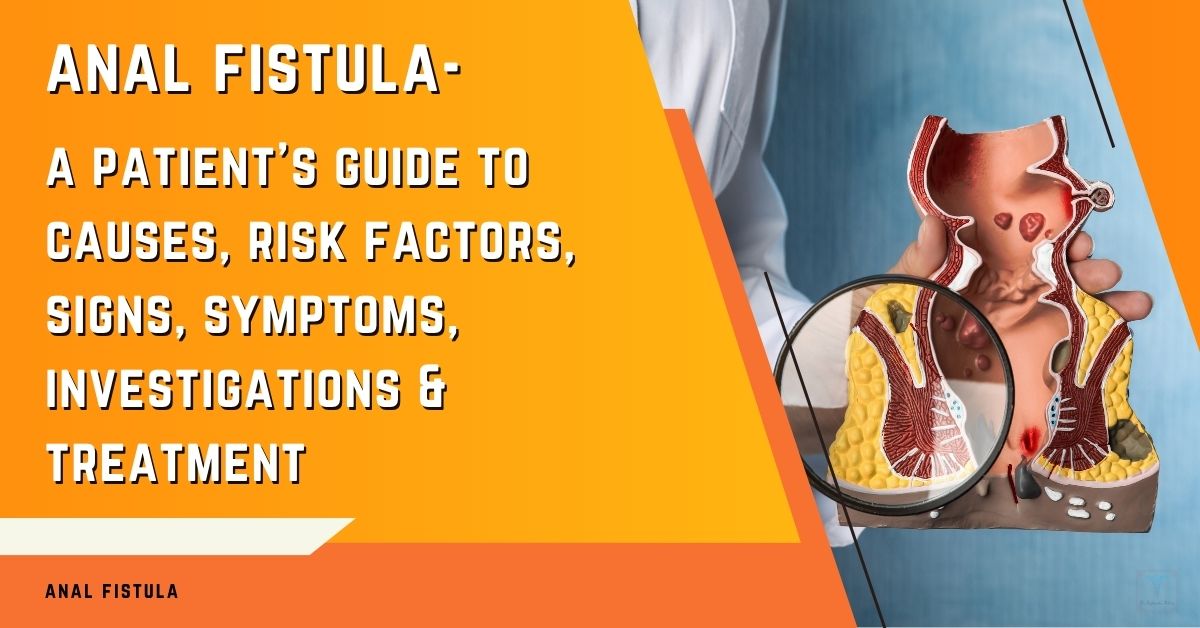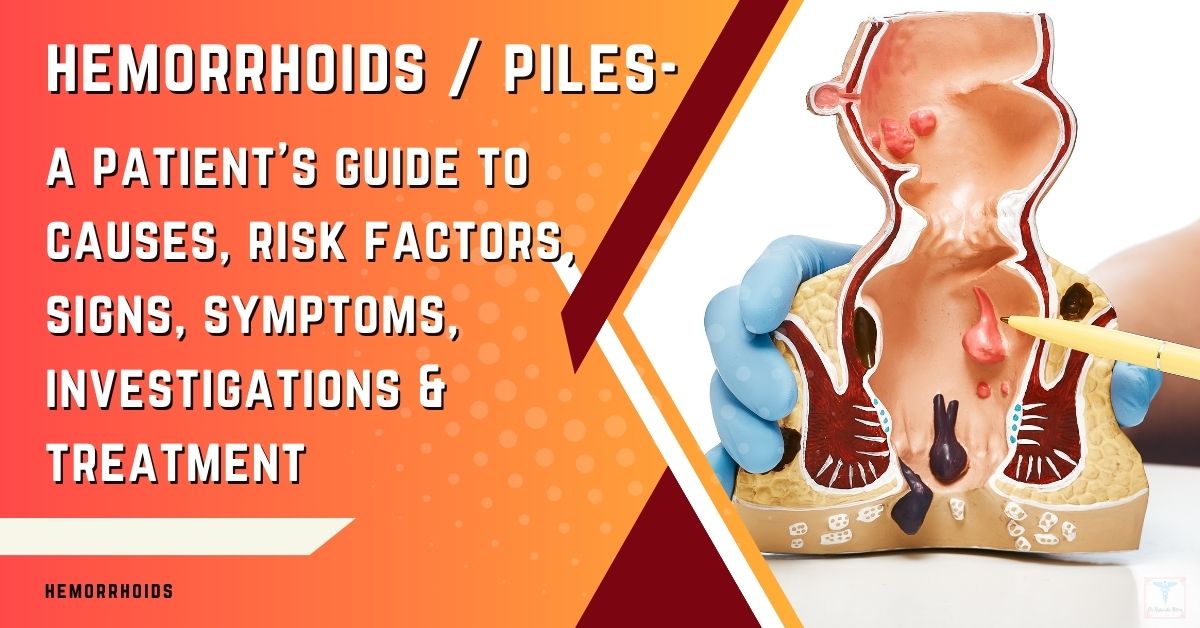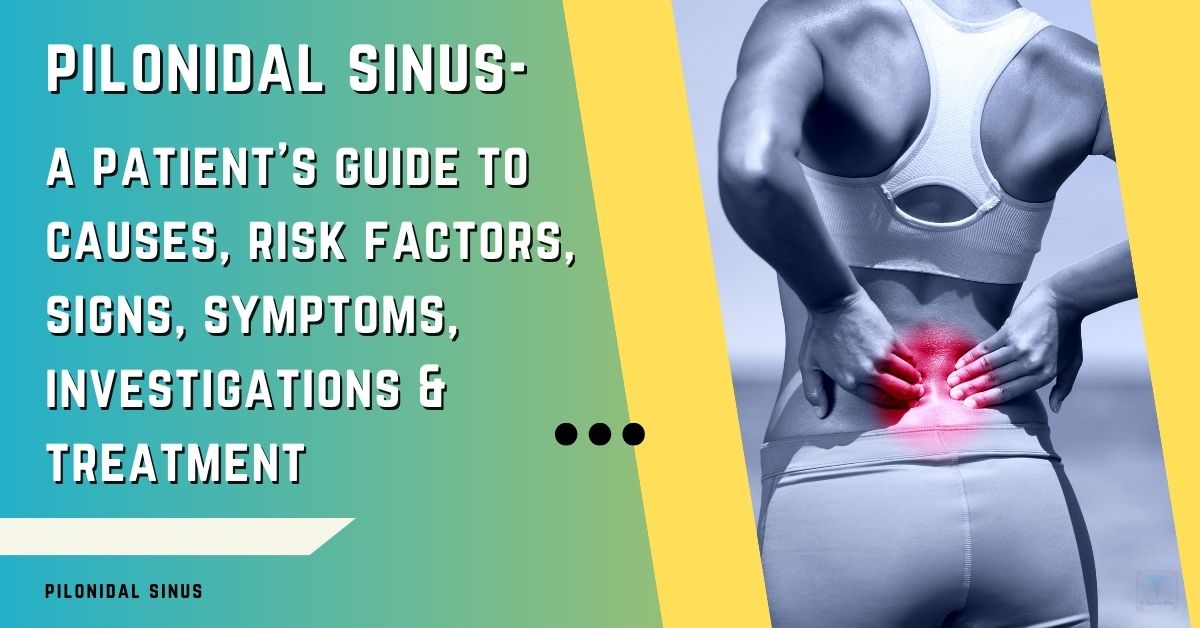Anal fissures heal through a natural wound-healing process of new tissue growth. Speeding this tissue regeneration and preventing reinjury allows fissures to mend. With the right approach to treatment, an anal fissure go away quite effectively.
Let’s look at how conservative care and medical procedures promote anal fissure healing and disappearance.
Anal Fissure Go Away Or Not: Know It Quick
- Home remedies support the natural wound-healing process.
- Medications reduce aggravating factors like hard stools.
- Procedures improve blood flow to expedite healing.
- Surgery definitively corrects underlying causes.
- Secondary intention healing allows most fissures to close.
- Follow-up care prevents reinjury and recurrence.
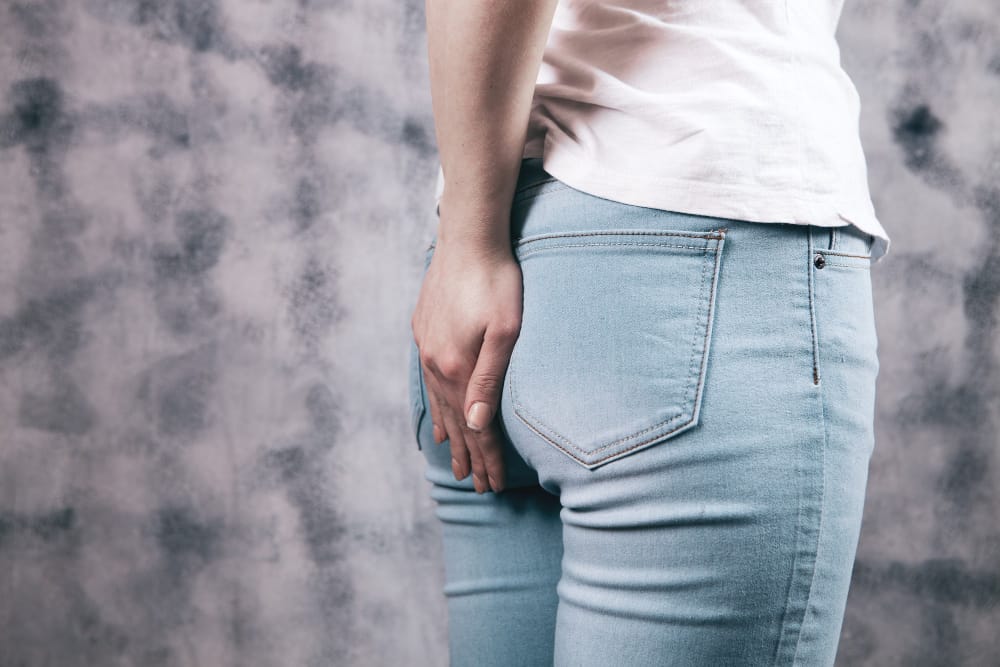
Home Remedies and Lifestyle Changes
- Warm baths increase blood flow to stimulate cell repair.
- Keeping stool soft prevents reinjury during bowel movements.
- Topicals like zinc oxide protect the wound and reduce inflammation.
- A High-fiber diet ensures soft stools and prevents constipation.
- Adequate hydration keeps stools from becoming hard and dry.
- Pat drying and moisture barriers maintain ideal healing moisture.
These tips allow the tear to close up through your body’s innate healing abilities.
Medications
- Stool softeners and laxatives prevent hard stools.
- Oral and topical muscle relaxants calm anal spasms.
- Topical nitrates improve blood flow to the wound.
- Anti-inflammatory creams reduce swelling and irritation.
Medications reduce aggravating factors to facilitate natural wound closure.
Procedures
- Botox injections prevent sphincter spasms.
- Dilation and sphincterotomy open up the anal canal.
- This allows increased blood supply to reach the fissure.
- Opening up the passage also reduces trauma from stool passing.
Procedures directly improve local blood flow to optimize healing potential.
Surgery
- Sphincterotomy and fissurectomy eliminate direct causes.
- Cutting the sphincter stops spasms and improves blood flow.
- Excising the ulcer removes the lesion itself.
- Advancement flaps cover the wound bed.
Surgery halves recovery time by definitively addressing root causes.
Secondary Intention Healing
- Most fissures heal through secondary intention.
- Wound edges reattach naturally through granulation.
- Epithelial cells migrate across the wound bed.
- No primary closure (stitches) is needed.
Only under optimal conditions, anal fissures may heal well without surgical closure techniques.
Follow-up Care
- Continue baths, diet, and topicals after healing.
- Slowly resume normal activities.
- Follow all post-procedure wound care instructions.
- Report any recurrence of symptoms.
Ongoing prevention helps stop fissures from returning after healing.
Final Note From Dr. Rajarshi Mitra
With the right treatment approach, most anal fissures can fully heal and resolve over time. Let me know if you have any other questions!
Dr. Rajarshi Mitra is a patient-centered, highly-rated Specialist Laparoscopic Surgeon & Proctologist in Abu Dhabi, offering Advanced Laparoscopic Surgery, Minimally Invasive Proctology & Lasers in Proctology. He is MBBS; MS (Surgery); FIAGES; FICS (USA); Dip. Lap (France); and Dip. Hernia (APHS) with 18 years of extensive experience in Laparoscopic Surgery, Minimally Invasive Proctology and Fellowship training in Colorectal and Bariatric Surgery.

